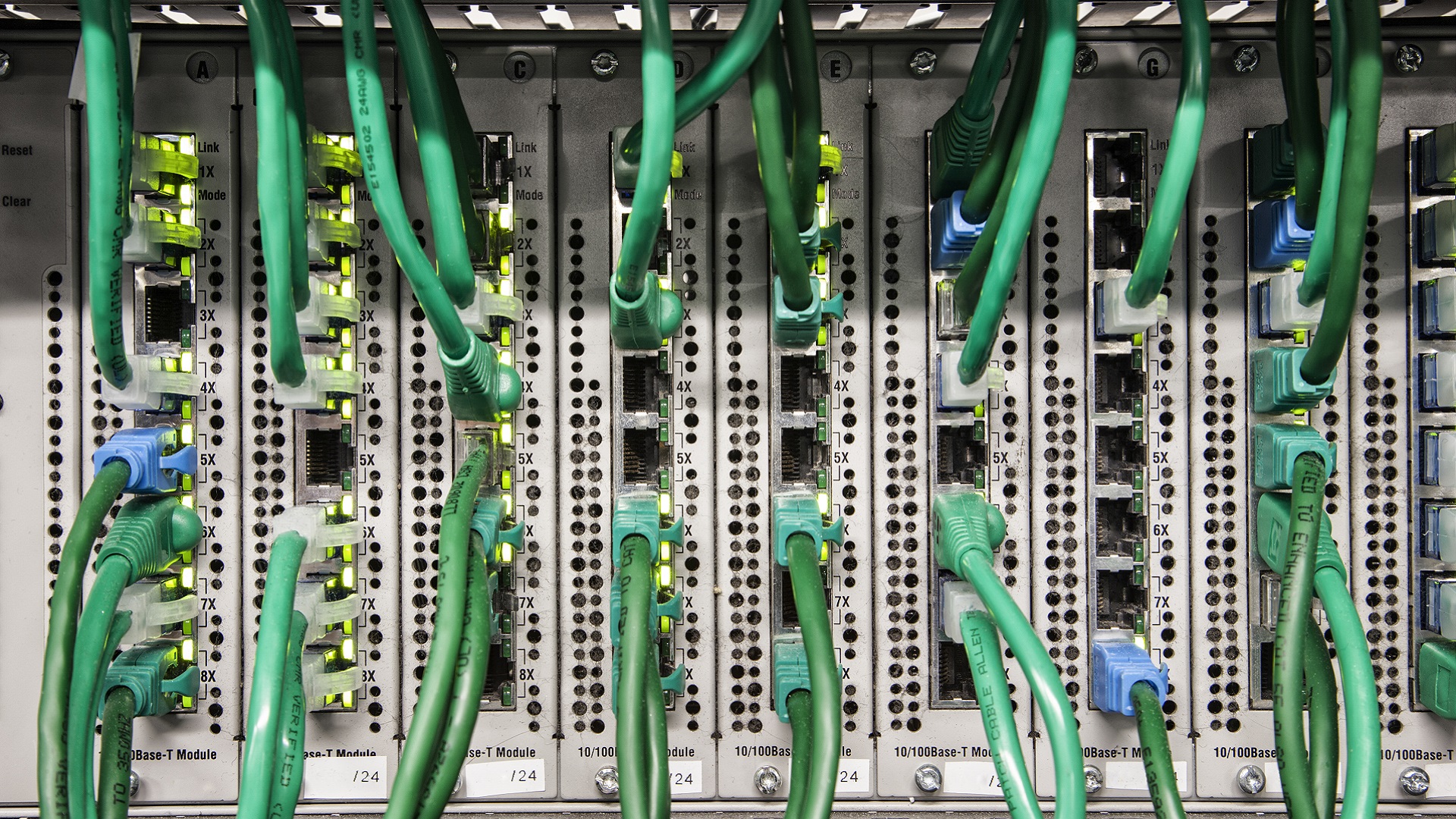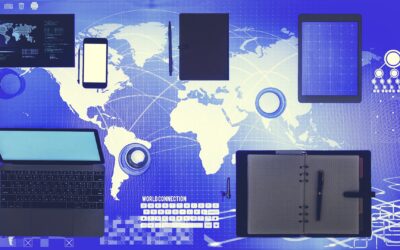In the competitive and ever-changing business landscape, it pays to be ahead of the curve. Knowing what technologies and trends are on the rise, and how to adjust your operations to take advantage of them, can be crucial for staying ahead of the competition. In this article, we’ll be taking a look at the five trends on the rise in the world of the Industrial Internet of Things (IIoT).
What Is the Industrial Internet of Things (IIoT)?
The Industrial Internet of Things is a branch of IoT innovation concerned with the digital augmentation of manufacturing processes. Industry 4.0 relies heavily on the IIoT, utilizing its connectivity in automation, artificial intelligence, cloud computing and more.
The IIoT enables machines to communicate with each other in a seamless and instantaneous way. This not only increases the efficiency of industrial operations but also makes them safer, more sustainable, and cost-effective.
All IIoT perform the same main functions: monitoring, collecting, exchanging and analyzing data. They can do so via a number of tools, including:
Sensors
Sensors interact with machines, people and the environment. They’re used to gather data on temperature, humidity, speed of production, and more.
Connected Devices
Connected devices can monitor, control and send data to other connected devices.
Analytics Software
Analytics are used to generate actionable insights from the data collected by sensors and connected devices.
Robotics
Robotics enable machines to autonomously perform specific tasks.
Augmented Reality
Augmented reality overlays digital information onto the physical world, such as instructions for assembling products on a factory floor.
Five Industrial IoT Trends To Watch In 2023
What does the future of manufacturing have in store? Let’s take a look:
1. Greater Adoption Among Manufacturers
One IIoT trend that we’ve seen so far in 2023 (and expect to continue through the years to come) is investment and adoption. As more and more companies realize the benefits of going fully digital, the uptake of IIoT solutions is growing. Manufacturers, in particular, are taking advantage of the increased efficiency and cost savings gained from a smarter shop floor.
A recent study conducted by Research and Markets estimates the sector’s global IoT market value at a massive $209.44 billion. It also projects a 17.4 percent Compound Annual Growth Rate (CAGR) through 2026, by which point things are expected to nearly double to $397.86 billion.
2. 5G Sensor Capability
5G connectivity is an exciting new development in technology, offering the ability to transfer information from device to device at speeds up to 100 times faster than its preceding generation. When used in sensors, it can open the door to a whole new realm of possibilities.
5G sensors, with their increased data speeds, can collect vast amounts of data from the environment around them. This data can then be used to provide insights into a wide variety of applications, such as air quality monitoring, traffic management, and energy efficiency.
Manufacturers are beginning to see 5G as a powerful tool for optimizing their operations as well.
New infrastructure and improved market accessibility make this technology incredibly easy to take advantage of. Governments and businesses alike continue to invest in building networks and their capabilities, so expect to see more companies taking advantage of its sensor capabilities in the foreseeable future.
3. Flexibility and Agility in Response to Supply Chains
Recent supply chain disruptions caused by the COVID-19 pandemic, ongoing global conflict and ensuing economic crises have highlighted the need for organizations to be able to respond quickly and effectively across all areas of their operations.
For manufacturers, this means investing in Industry 4.0 technology and the IIoT. By utilizing connected devices and analytics, businesses can gain real-time insights into their production lines, quickly identify and address issues, and optimize their operations for better efficiency.
We’ve seen a surge in companies adapting to these new trends, and it’s likely to continue as more organizations realize the apparent benefits of this technology on their bottom line.
4. The Merging of AI and Digital Twinning Technology
Artificial intelligence (AI) is increasingly being integrated into industrial settings to drive operational efficiency and cost savings. From optimizing production processes to predicting maintenance needs and helping with inventory management, there are plenty of ways for businesses to benefit.
Digital twinning is another innovative technology that is gaining traction in the industrial sector. By creating virtual replicas of physical assets, companies can gain insights into how these systems are performing and identify potential problems more quickly.
Manufacturers are just beginning to explore the possibilities of combining the two. Working together, AI and digital twinning can provide a level of insight that was previously unattainable.
AI-enabled digital twin software systems on the market today are capable of everything from digitizing asset life cycles to predicting system failures and streamlining maintenance operations.
Their popularity continues to soar as manufacturers discover the cost and time savings that these solutions offer. As technology advances, we should only expect to see AI and digital twinning become even more intertwined with one another.
5. Advancements In Cybersecurity
With all of this rapid advancement in technology comes the need to protect digital systems and information. This is where cybersecurity tools come in – an important investment for any company that wants to remain agile in Industry 4.0.
Cybersecurity solutions come in many forms, such as antivirus protection, firewalls, password management tools and encryption. Protecting IoT networks is also becoming increasingly important as the trend of smart, connected devices grows.
Advanced cybersecurity solutions are essential to mitigating the risks posed by cyber threats, such as data breaches, malicious software and denial-of-service attacks. New products continue to emerge, such as artificial intelligence (AI) and machine learning-based solutions that can detect and respond to threats in real time.
The manufacturing sector’s investment in this technology is a given. The IIoT provides companies with the opportunity to reduce waste, save money, streamline operations and create new products in a way once not thought possible. Ongoing evolutions in technology only continue to add to the promise of its potential, ushering in a new age of industrial automation and productivity that will surely revolutionize the way our world works. With these five trends in mind, we’re excited to see where the future of Industry 4.0 takes us.
Sign up today for a free Essential Membership to Automation Alley to keep your finger on the pulse of digital transformation in Michigan and beyond.
Automation Alley is a World Economic Forum Advanced Manufacturing Hub (AMHUB) for North America and a nonprofit Industry 4.0 knowledge center with a global outlook and a regional focus. We facilitate public-private partnerships by connecting industry, education and government to fuel Michigan's economy.




